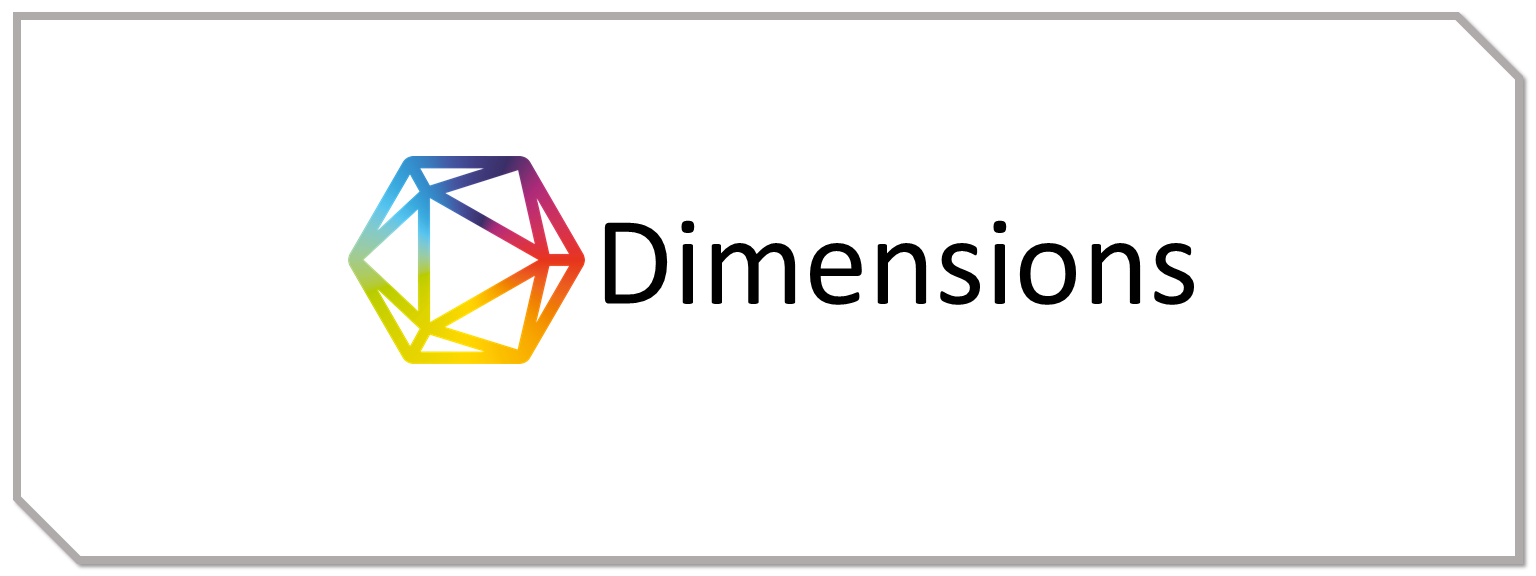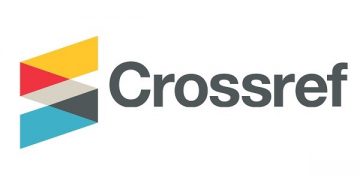THE IMPACT OF THE USE OF SOCIAL MEDIA YOUTUBE ON DENOTATIVE MEANING FROM A SEMANTIC PERSPECTIVE
DOI:
https://doi.org/10.61722/jssr.v3i5.5819Keywords:
Denotative Meaning, Semantics, Youtube, Social Media, Multimodal DiscourseAbstract
This study explores the impact of YouTube as a social media platform on the interpretation of denotative meaning from a semantic perspective. While denotative meaning traditionally refers to the literal or dictionary definition of a word, the integration of multimodal features in YouTube—such as tone, visuals, music, and gestures—may cause shifts in how audiences perceive and interpret those meanings. Using a qualitative descriptive method, this research analyzes selected YouTube videos and their comment sections to examine how literal meanings are expressed by creators and understood by viewers. The findings show that multimodal elements often influence or even override the intended denotative meaning of words, leading to various audience interpretations. This highlights the fluidity of meaning in digital communication, where context and delivery can reshape even the most basic semantic elements. The study contributes to semantic analysis by demonstrating that denotative meaning in online platforms is no longer entirely fixed, and suggests the need for further interdisciplinary research involving semantics, pragmatics, and media discourse.
References
Apoko, T. W., & Waluyo, B. (2025). Social media for English language acquisition in Indonesian higher education: Constructivism and connectivism frameworks. Social Sciences & Humanities Open, 11, 101382.
Bahri, S., Manullang, E. B., Sihombing, P. S. N., & Eleazar, K. E. (2023). L
Benson, P. (2016). The discourse of YouTube: Multimodal text in a global context. Routledge.
Buckingham, D. (2008). Youth, Identity, and Digital Media. Cambridge, MA: The MIT Press.
Chaer, A., & Agustina, L. (2010). Sosiolinguistik: Perkenalan Awal. Jakarta: Rineka Cipta.
Chandler, D. (2007). Semiotics: The Basics (2nd ed.). London: Routledge.
Cruse, D. A. (1986). Lexical Semantics. Cambridge: Cambridge University Press.
Ginting, R. T., Samosir, F. T., & Putri, P. M. W. (2023). YouTube as Digital Media Platform for Udayana University Students. Khizanah Al-Hikmah: Jurnal Ilmu Perpustakaan, Informasi, Dan Kearsipan, 11(1), 53-62.
Halliday, M. A. K. (1985). An Introduction to Functional Grammar. London: Edward Arnold.
Herring, S. C. (2013). Discourse in Web 2.0: Familiar, Reconfigured, and Emergent. In D. Tannen & A. M. Trester (Eds.), Discourse 2.0: Language and New Media (pp. 1–25). Georgetown University Press.
Kress, G., & van Leeuwen, T. (2006). Reading Images: The Grammar of Visual Design (2nd ed.). London: Routledge.
Leech, G. N. (1981). Semantics: The Study of Meaning (2nd ed.). London: Penguin Books.
Lim, S. S. (2017). Through the Tablet Glass: Transcendent Parenting in an Era of Mobile Media and Cloud Computing. Journal of Children and Media, 11(1), 30–36. https://doi.org/10.1080/17482798.2016.1261051
Lyons, J. (1995). Linguistic Semantics: An Introduction. Cambridge: Cambridge University Press.
Machin, D., & Mayr, A. (2012). How to Do Critical Discourse Analysis: A Multimodal Introduction. London: SAGE Publications.
Nasution, A. K. R. (2019). YouTube as a media in English language teaching (ELT) context: Teaching procedure text. Utamax: Journal of Ultimate Research and Trends in Education, 1(1), 29-33.
Paolillo, J. C. (2008). Structure and Semiotics of Participation in YouTube Video Comments. In Proceedings of the 41st Annual Hawaii International Conference on System Sciences (HICSS), 2008.
Purnamasari, I. (2018). An Analysis of Connotative Meaning on Justin Bieber’s Song Lyrics. Pioneer: Journal of Language and Literature, 10(2), 156-169.
Sari, R. K. (2023, July). The Analysis Of Semantics Meaning Found In Comments Of Instagram Account Of Infosumbar Based On Leech’Theories. In Conference on English Language Teaching (pp. 905-915).
Shoufan, A., & Mohamed, F. (2022). YouTube and education: A scoping review. IEEE Access, 10, 125576-125599.
Talan, A. K., Gude, A., & Suardana, I. P. E. (2025). An Analysis of Denotative and Connotative Meanings in College Students’ Interaction. Focus Journal: Language Review, 3(1).
Van Dijk, T. A. (2008). Discourse and Context: A Sociocognitive Approach. Cambridge: Cambridge University Press.
Wibisono, H., Hidayat, N., & Karima, R. F. H. (2021, November). Denotative and Connotative Meaning on Honne’s Selected Songs Lyric for Literature Teaching. In Undergraduate Conference on Applied Linguistics, Linguistics, and Literature (Vol. 1, No. 1, pp. 420-432).
Downloads
Published
Issue
Section
License
Copyright (c) 2025 JOURNAL SAINS STUDENT RESEARCH

This work is licensed under a Creative Commons Attribution-ShareAlike 4.0 International License.













